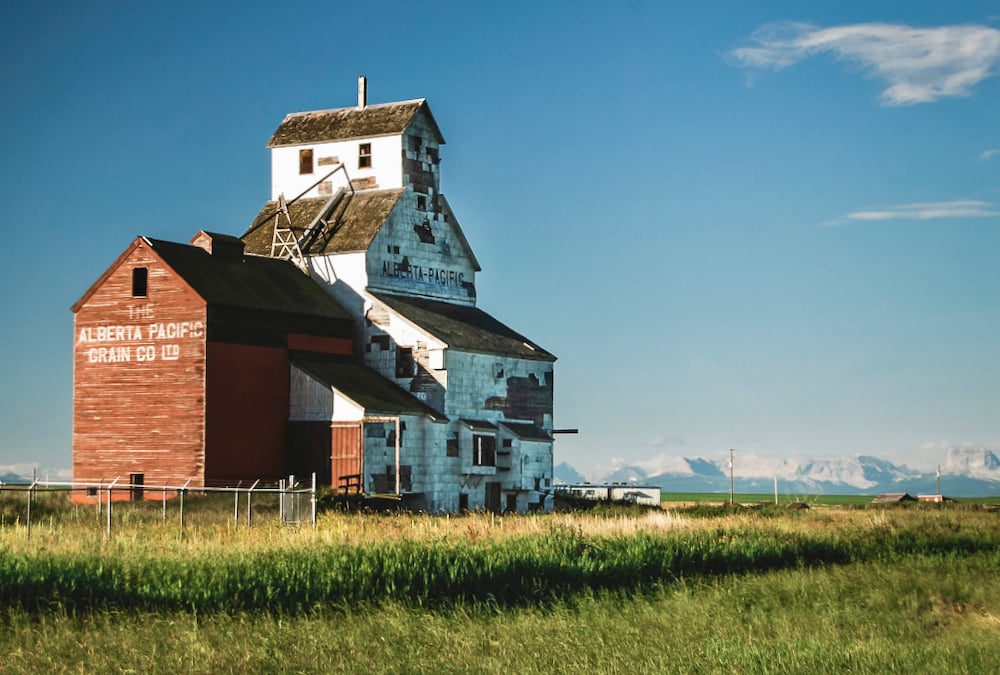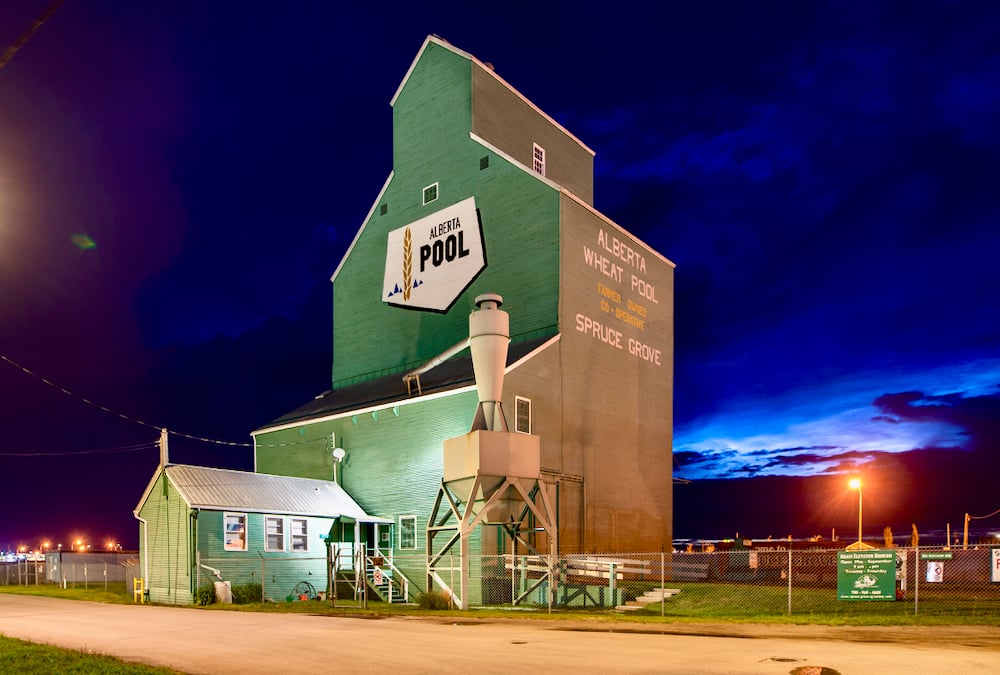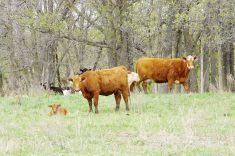Wooden grain elevators occupy a special place in the hearts of many, but rural folk aren’t the only ones for whom these structures carry an irresistible appeal.
Chris Attrell, a born-and-raised urbanite, got bit by the elevator bug in 2003 — the day the grain elevators in the southern Alberta town of Champion came down.
He decided then and there that he would take every opportunity he could to photograph these increasingly rare Prairie sentinels. It was the beginning of a nearly two-decade-long journey that culminated in Grain Elevators: Beacons of the Prairies, which features 120 grain elevators from across Western Canada.
Read Also

Milk transportation requires intricate logistics
Alberta Milk explains transportation system in Western Canada which sees millions of litres cross borders
“The most important thing about the structures is that they were a big part of Prairie history,” said the professional photographer and former Calgarian who now lives in Shaunavon, Sask.
“It was a huge part of all these small towns in particular. And then in about the late ’90s they started quickly tearing them down and they’re still falling every year.”
Although the photos are of buildings, they’re really about people.
“Every time they tear them down you hear how much they meant to the people who lived there,” he said. “For their entire lives practically they would drive into town and there would be these big grain elevators on the horizon.
“When they’re gone, something feels like it’s missing. I tried very hard to capture the spirit of what it was like living in these towns.”

Although grain elevators represent an important place in his work, a quick look at the photographer’s website (www.anywhere.ca) reveals a love for historical and abandoned Prairie buildings in general.
His goal was to convey the sense of vitality they would have had in their glory days.
“I really try to capture the spirit of those cold, harsh windblown Prairies,” he said. “I’ve always been fascinated by the people who showed up in Western Canada on a train, walked to their stake and just started farming.”
During the years he spent photographing old elevators, Attrell often thought about the lives of these pioneers.
“It was hard work. It was very lonely. And yet they were very happy. They were just grateful to have that opportunity. I look at that and think that must have been the hardest work ever. And I just can’t imagine doing it myself.”
Still, Attrell had some challenges himself, albeit of a more minor nature.
“In the old days I used to have to go and buy a map from the ’60s and just followed the tracks because they had the tracks marked on those maps. That’s pretty much how you had to find them back in the days before Facebook and GPS and stuff like that. In fact, those were some of the more fun days because I got to discover things.”
Along the way were flat tires, getting stuck, and one particularly memorable snowstorm (in a locale with no cell coverage) when it took him two hours to dig himself out.
“It sounds harsh but I would look back and think about what those people 100 years earlier had gone through and I realized it was no problem at all.”
There’s still a few elevators that he hasn’t photographed yet.
“Most of the reason I haven’t got to some of them is because every time I’ve gone to those areas it’s just a coincidence that it’s snowing or it’s rained too much and the roads are too soggy to drive down.”
Most are in Manitoba, but there’s one in a village called Hines Creek that has long been on his list but is so far north it’s known as “the end of steel” because that’s where the CN line stopped.
“It’s probably one of the farthest north ones in Canada — you have to go two hours north of Grande Prairie. That’s one of the ones I really regret.”

Some elevators are on private property and their owners would rather avoid any publicity about them.
“I don’t blame them because (these elevators) are kind of dangerous now and people are still foolish enough to want to go into these old grain elevators. I have seen people go to the top of the elevator and it is very dangerous.”
So what does Attrell think of today’s giant, high-throughput elevator terminals?
There’s “no comparison” esthetically speaking, but that doesn’t mean they don’t have their own unique appeal that will likely grow as they are inevitably replaced by new grain storage technology, he said.
“Those wooden grain elevators were sort of like art forms by themselves but it doesn’t take away from the newer ones. In 50 years there are going to be people saying, ‘I remember those terminals.’ They don’t compare but there is still value in both.”
Anyone who’s interested in photographing classic grain elevators had best start soon, said Attrell.
“They’re not being torn down as fast as they used to but Mother Nature is catching up to a lot of the older ones. We have lost an amazing number of grain elevators over the past couple of years just for the fact that they are starting to fall over. The canopies fall off and they become hazards.
“So if you ever want to start cruising around and start seeing and photographing grain elevators there really isn’t much time left.”
















